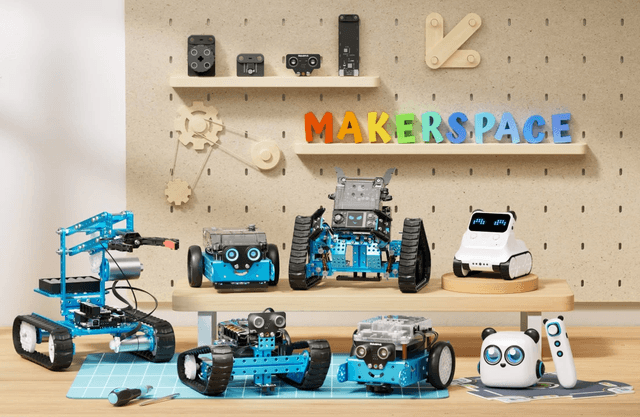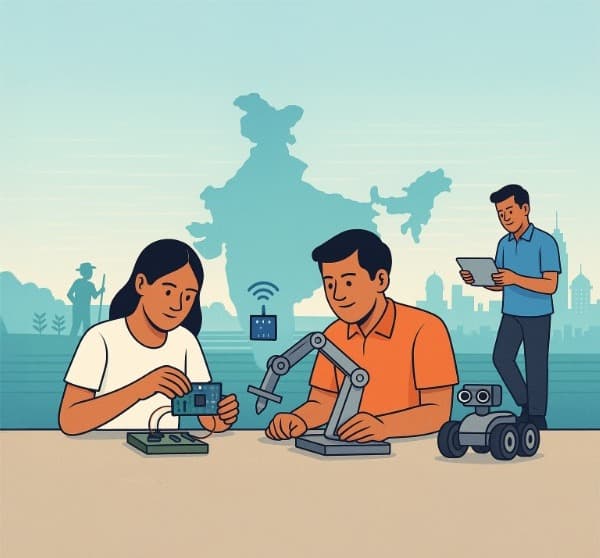Knowledge Through Projects – Learning That Stays for Life
Introduction: The Problem with “Remembering Without Doing”
Across classrooms and colleges, we often hear students say, “I studied this, but I can’t apply it.” That’s not a failure of intelligence — it’s a failure of method. Traditional education emphasizes memory over mastery, notes over know-how. Students remember concepts just long enough to write an exam — and then forget them.
What if we reversed that? What if we built knowledge that doesn’t fade because it’s rooted in creation? This is the philosophy of Knowledge Through Projects, a cornerstone of the BDS Education (Engineering Series).
What Does “Knowledge Through Projects” Mean?
It means that every concept, however abstract, must find a tangible expression — a working model, an experiment, or a real-world simulation.
- Don’t just study Ohm’s Law — build a circuit and measure the current.
- Don’t just learn feedback control — tune a servo motor and watch precision in action.
- Don’t just read about climate sensors — create a smart weather station.
“When we learn by doing, theory becomes experience — and experience becomes memory.”
Visual suggestion: Illustration showing the shift from Books → Breadboards → Breakthroughs.
The TIY Approach in Action
At BDS Education, Knowledge Through Projects is brought to life through the Teach It Yourself (TIY) framework — a model where the teacher is a facilitator and the student is an explorer.
| Stage | Action | Outcome |
|---|---|---|
| Think | Discuss real-life problems | Builds analytical mindset |
| Build | Create the project hands-on | Converts theory into skill |
| Test | Debug, refine, and document | Promotes resilience & iteration |
| Teach | Explain your project to peers | Reinforces confidence & communication |
Visual suggestion: Circular infographic labeled Think → Build → Test → Teach.
Example: The Robotic Arm Project
A college student building a 2-DOF robotic arm learns far more than mechanics. They understand:
- Electronics (servo control, PWM signals)
- Programming (Arduino logic)
- Physics (torque, motion)
- Engineering design (linkage, assembly)
- Communication (explaining the project)
This one project unites five disciplines into one learning experience. When a student completes it, they don’t just know — they own the knowledge.
Why Knowledge Through Projects Works
- It builds retention: What we create, we remember.
- It sparks creativity: Students learn to ask “what if?”
- It builds employability: Real-world projects mirror workplace tasks.
- It creates joy: Building brings a sense of ownership that no lecture can match.
“A student who builds is never afraid to learn again.”
📍 Visual suggestion: Split image — left side shows student reading a book, right side shows same student testing a circuit, smiling.
Real-World Alignment: NEP 2020 and Beyond
India’s National Education Policy (NEP 2020) emphasizes experiential and multidisciplinary learning. The Knowledge Through Projects model perfectly embodies this — bridging school learning, college labs, and industry skill demands.
- Classrooms → Innovation Labs
- Teachers → Mentors
- Students → Creators
The Future We’re Building
When knowledge becomes something students can touch, test, and teach, learning becomes not just preparation for life — it becomes life itself.
This is the heart of BDS Education’s mission — to make India’s learners not just job seekers, but job creators; not just students, but builders of the future.





